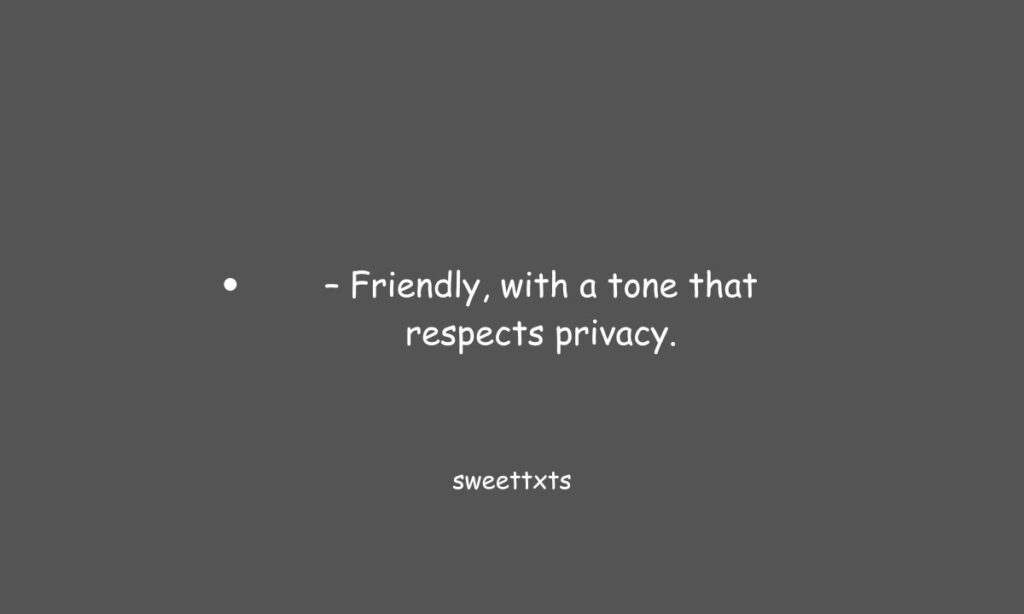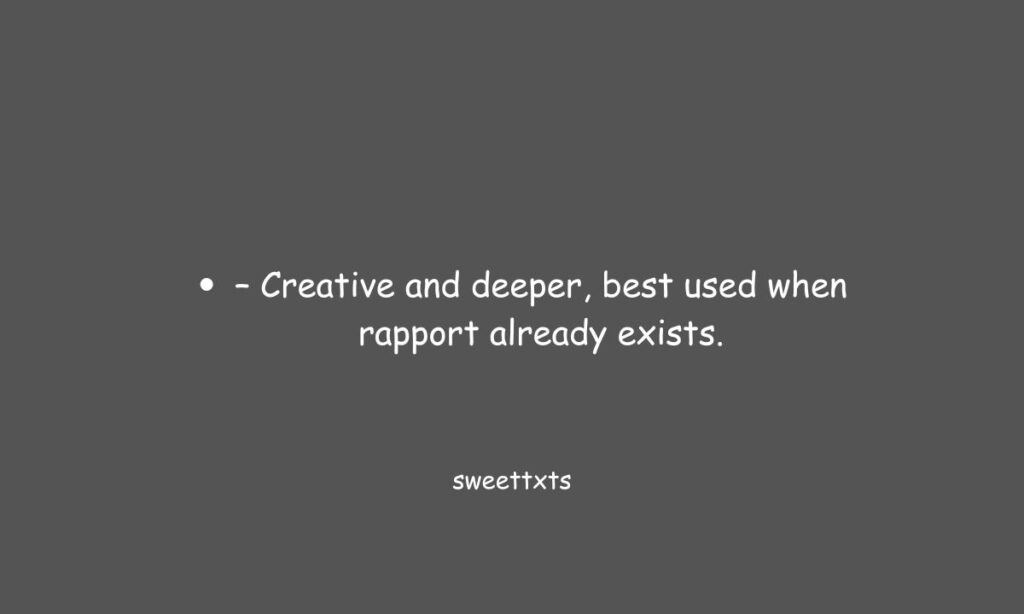Modern digital communication is filled with abbreviations and acronyms. One commonly seen term is “WYF,” which can confuse readers unfamiliar with online slang. Its usage varies depending on the context, especially in casual texting.
At the same time, words like “hiatus” have a more traditional use but are frequently misunderstood in everyday conversations. While they may not seem connected, exploring the meaning of “WYF” alongside “hiatus” helps us understand tone and language flexibility.
This article provides a deep explanation of WYF meaning, its variations, and how the term “hiatus” functions in written and spoken English. We’ll also cover professional and polite alternatives suitable for diverse situations.
What Does WYF Mean?
WYF is an acronym for “Where You From?” and is mostly used in informal digital communication. It commonly appears in text messages, social media, dating apps, or casual chats between friends or acquaintances.
This phrase can serve as an icebreaker or a way to initiate a conversation. However, depending on tone, timing, and platform, it may come off as intrusive, casual, or friendly. Understanding how and when to use it is key.
It’s important to remember that WYF lacks formality. It’s not suitable for business or professional use, and even in casual contexts, it’s better used among peers or when informality is accepted.
WYF Meaning in Text

In text conversations, WYF operates as shorthand for “Where You From?” The context usually revolves around personal introductions, getting to know someone, or expressing interest in someone’s background or origin.
While it’s a quick and familiar way to engage in chat, it may seem abrupt if sent without prior conversation or context. For example, messaging “WYF” immediately upon connecting with someone can feel cold or overly direct.
Thus, the tone of the message matters. It’s best used when there’s an already relaxed or humorous exchange, or when both parties are familiar with casual text lingo. Otherwise, consider using more polite alternatives, which we’ll explore in detail below.
Meaning of Hiatus
The word hiatus originates from Latin and refers to a break or pause in a sequence, series, or process. In modern English, it generally means a temporary gap or interruption—commonly used in academic, media, or professional contexts.
For example, a celebrity may announce a hiatus from social media, or a business might take a hiatus from operations during holidays. The term implies a pause that is intentional and not necessarily negative.
Hiatus doesn’t imply finality. It signals a break with plans to return. This nuance makes it useful in communication where you want to signal temporary absence, especially in professional or public announcements.
Polite Alternatives to WYF
If you want to avoid sounding too direct or casual, consider using one of the following alternatives instead of WYF. These phrases help maintain respect while still inviting conversation or learning about someone’s background.
- “Where are you from originally?”
– A more respectful, open-ended version suitable for both casual and professional settings. - “May I ask where you’re from?”
– This adds politeness and gives the recipient a choice to respond or not. - “What part of the world are you from?”
– Slightly more poetic, great for international conversations. - “Where do you call home?”
– A gentle, emotionally intelligent way to ask the same question. - “Where’s home for you?”
– Informal yet warm, often used in friendly settings. - “Are you a local here?”
– Useful when meeting someone in a specific place or city. - “Did you grow up around here?”
– Conversational and curious without being overly direct. - “Is this your hometown?”
– Great for face-to-face interactions, especially during travel or events. - “I’m curious—where’s your background from?”
– Invites cultural sharing without prying. - “Which city or country do you belong to?”
– A balanced tone, formal enough for many social settings. - “Your accent is interesting—may I ask where you’re from?”
– Use with caution; best when tone and body language are friendly. - “So, where do your roots lie?”
– Creative and deeper, best used when rapport already exists. - “I’d love to know where your journey started.”
– Metaphorical and polite, ideal in storytelling or reflective settings. - “Are you from around here or did you move recently?”
– Great for casual chats at events or parties. - “Mind sharing where you grew up?”
– Friendly, with a tone that respects privacy.
Context and Tone in Language Use

Understanding how phrases are perceived is critical in communication. For example, WYF may feel harmless among close friends but too informal or even rude in new or mixed company.
Tone plays a significant role. The same phrase can feel casual, sarcastic, or warm based on punctuation, word choice, and accompanying gestures (in spoken conversations). Always consider the relationship, setting, and purpose of the conversation.
Polite alternatives are always safer in unfamiliar or professional environments. On social platforms where informality is expected, acronyms like WYF might work fine. But opting for fuller expressions often fosters deeper, more respectful interaction.
When to Use WYF (and When to Avoid It)
Use WYF:
- In casual conversations between peers
- When chatting on social apps or platforms like Snapchat, Instagram, or Tinder
- If the other person already uses texting abbreviations
- When the tone is light, humorous, or relaxed
Avoid WYF:
- In professional emails or messages
- During formal introductions or interviews
- When speaking to elders, superiors, or those unfamiliar with slang
- When you need to maintain respectful distance or politeness
The Cultural Sensitivity of Asking “Where Are You From?”
Although often a harmless question, “Where are you from?” can sometimes feel intrusive or insensitive depending on the tone and context. Some people may feel singled out due to race, accent, or appearance.
It’s best to ask with care and genuine curiosity, not assumption. Using open language like “Where do you consider home?” or “Where did you grow up?” can come across more neutral and inclusive.
Especially in multicultural societies, being thoughtful with such questions reflects respect. Avoiding slang like WYF in these contexts helps maintain kindness and consideration.
Other Common Texting Acronyms Similar to WYF
- WYD – What You Doing?
- BRB – Be Right Back
- TTYL – Talk To You Later
- GTG – Got To Go
- IDK – I Don’t Know
- IMO – In My Opinion
- LMK – Let Me Know
- SMH – Shaking My Head
- TBH – To Be Honest
- ICYMI – In Case You Missed It
These abbreviations help shorten communication but should be used thoughtfully. Slang can strengthen casual engagement but often alienates those unfamiliar with it.
Meaning of Hiatus in Modern Use
Hiatus is widely used beyond academia or publishing. In popular culture, creators announce a hiatus from content, musicians take a hiatus between tours, and individuals might go on a personal hiatus from social platforms.
This term signals a conscious break, often for rest, renewal, or creative pause. Unlike words like “quit” or “resign,” it implies return and continuation after the break.
For example:
- “I’m taking a hiatus from Instagram to focus on my health.”
- “The show is on hiatus until next season.”
- “He’s on hiatus from the project to deal with personal matters.”
Professional Alternatives to “Hiatus”
If you want to express a similar idea in professional or polished language, consider these alternatives:
- Temporary break
- Sabbatical
- Intermission
- Pause in operations
- Scheduled downtime
- Creative break
- Interlude
- Rest period
- Strategic pause
- Planned interruption
- Time off
- Operational gap
- Maintenance break
- Leave of absence
- Quiet phase
Each phrase carries subtle distinctions. “Sabbatical,” for instance, is typically longer and professional. “Pause” and “break” are general-purpose. Choose based on audience and reason.
When to Use “Hiatus” Over Other Terms

Use hiatus when you want to imply intention, continuity, and the expectation of return. It’s especially useful in content creation, publishing, and professional settings.
Avoid using “hiatus” if:
- The break is permanent.
- You want to be specific about time (e.g., “two-week break”).
- The audience is unfamiliar with formal vocabulary.
Final Thoughts
Whether texting a friend or emailing a colleague, language matters. “WYF” may seem convenient, but it often lacks the tone and depth needed in many social situations. Similarly, “hiatus” is more than just a fancy word for “break.”
Careful word choice, tone awareness, and knowing your audience all enhance your communication. By using thoughtful alternatives and understanding meanings, you express respect, clarity, and emotional intelligence.

Daily blessings and uplifting messages by Drupmo for every morning, evening, and day of the week—bringing peace, hope, and inspiration to your soul.